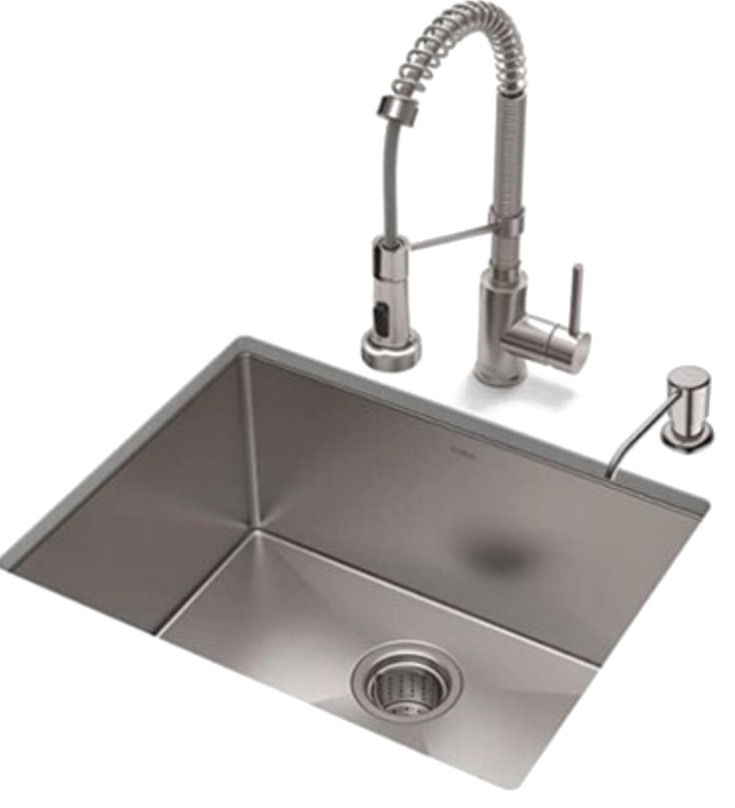A fitted kitchen sink is a common issue in homes. When there is standing water and tough food particles, Drano might look like an easy solution. It’s important to know if it’s safe to use in your home before you pour it down the drain. Some bad things can happen when you use Drano, a strong chemical cleaner that is meant to get rid of clogs fast. This article will talk about whether Drano is safe for kitchen sinks, what problems it might cause, and better ways to keep your lines clear.

How does Drano work? What is it?
Drano is a chemical drain cleaner that is made for cleaning out common blockage in home drains. Lye and aluminium are two of its elements. Together, they cause a chemical reaction that makes heat. That stuff that gets stuck in sinks, like food, grease, and hair, is broken down by this process. These things are broken down by the product, which lets the water flow easily through the pipes again. Because Drano is made of harsh chemicals, it should only be used with care, especially in the kitchen pipes, where it can clear out clogs.
Is It Safe to Use Drano in a Kitchen Sink?
Even though Drano is sold as a way to clear out clogged sinks, you should be careful using it in a cooking sink. Some types of pipes can be damaged by Drano’s harsh chemicals, especially if they are used a lot. If you have a trash disposal in your kitchen sink, using Drano can damage the blades and other parts inside the disposal over time. Also, if your lines are made of plastic (PVC), the chemical heat reaction can weaken and break down the material over time, which could cause leaks or other long-term problems. Before you use Drano to regularly clear out clogged kitchen drains, it’s important to know about these risks.
What Are the Risks of Using Drano?
There are some risks you should be aware of when you use Drano in your kitchen sink. One of the main worries is that your lines might get broken. Pipes can become weak and corroded by Drano’s strong chemicals, especially if they are old or made of materials like plastic. Pipes can leak or even burst after a while of being used a lot. Drano is also bad for your health. If you breathe it in or let it touch your skin, it can irritate or burn you. Also, the fumes can be dangerous if they are not used in a room with good air flow. Because of these risks, you should think twice before using Drano all the time to clear clogs.
Safer Alternatives to Drano
If you’re hesitant to use Drano due to its risks, there are safer alternatives that can effectively clear kitchen sink clogs.
- Natural Solutions: A mix of baking soda and vinegar helps break down mild clogs naturally.
- Manual Tools: A plunger or drain snake can clear blockages without chemicals.
- Prevention Tips: Avoid pouring grease down the drain, use strainers, and regularly flush with hot water.
These alternatives offer safe and effective ways to keep your kitchen sink clog-free without risking pipe damage or exposure to harsh chemicals.
Conclusion
Drano can clear out a clogged kitchen sink quickly, but it’s not always the safest choice. Over time, the strong chemicals can hurt your pipes, especially if you use them a lot or have pipes made of plastic. Instead of using Drano, you could use baking soda and vinegar, plungers, or drain snakes, which are better options. So, don’t pour grease down the drain, and flush your sink with hot water every so often to keep it from getting clogged. You can take care of your kitchen sink without using harsh chemicals if you use natural methods and form good habits.








very informative